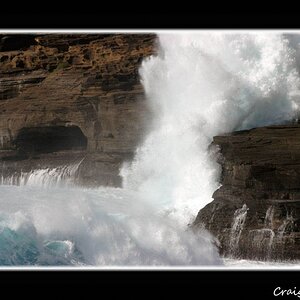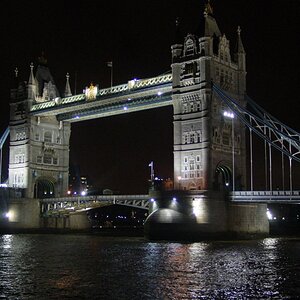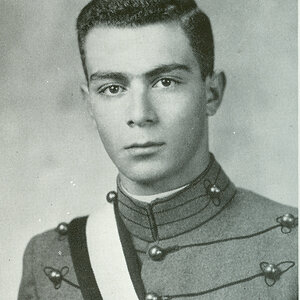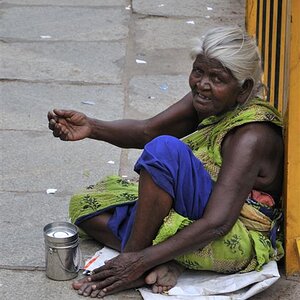jjchloe
TPF Noob!
- Joined
- Aug 15, 2014
- Messages
- 1
- Reaction score
- 0
- Location
- Timmins
- Can others edit my Photos
- Photos OK to edit
I have a windowless room in my basement that I hope to use for some family studio shots and want to ensure proper lighting and enough light or proper set up for a white background. I do have 3 overhead track lights - daylight bulbs in the room.
I have a Nikon D7000 and one SB 900 flash, remote trigger, CanadianStudio Pro 36"x36" Umbrella Softbox stand Kit for Nikon Canon Speedlite flash hotshoe mount bracket, CowboyStudio Photography/Video Portrait Umbrella Continuous Triple Lighting Kit with Three Day Light CFL Bulbs, Three Stands, Two Umbrellas and CowboyStudio Photography Black and White 9ft x 15ft Muslin Backdrops with Support System. Unable to get a white background and need help with this. Not sure if this is the best lighting or perhaps a more effective method/lighting is needed.
Help and suggestions would certainly be appreciated.
Thanks
I have a Nikon D7000 and one SB 900 flash, remote trigger, CanadianStudio Pro 36"x36" Umbrella Softbox stand Kit for Nikon Canon Speedlite flash hotshoe mount bracket, CowboyStudio Photography/Video Portrait Umbrella Continuous Triple Lighting Kit with Three Day Light CFL Bulbs, Three Stands, Two Umbrellas and CowboyStudio Photography Black and White 9ft x 15ft Muslin Backdrops with Support System. Unable to get a white background and need help with this. Not sure if this is the best lighting or perhaps a more effective method/lighting is needed.
Help and suggestions would certainly be appreciated.
Thanks





![[No title]](/data/xfmg/thumbnail/37/37092-c446ffb89610a57384a51ac5254beffd.jpg?1619737881)

![[No title]](/data/xfmg/thumbnail/42/42034-6262420ff3ea238f05395bbcc7ae1f28.jpg?1619739985)

![[No title]](/data/xfmg/thumbnail/34/34052-c6933243940b9ae3474b0a2abaa08312.jpg?1619736253)


